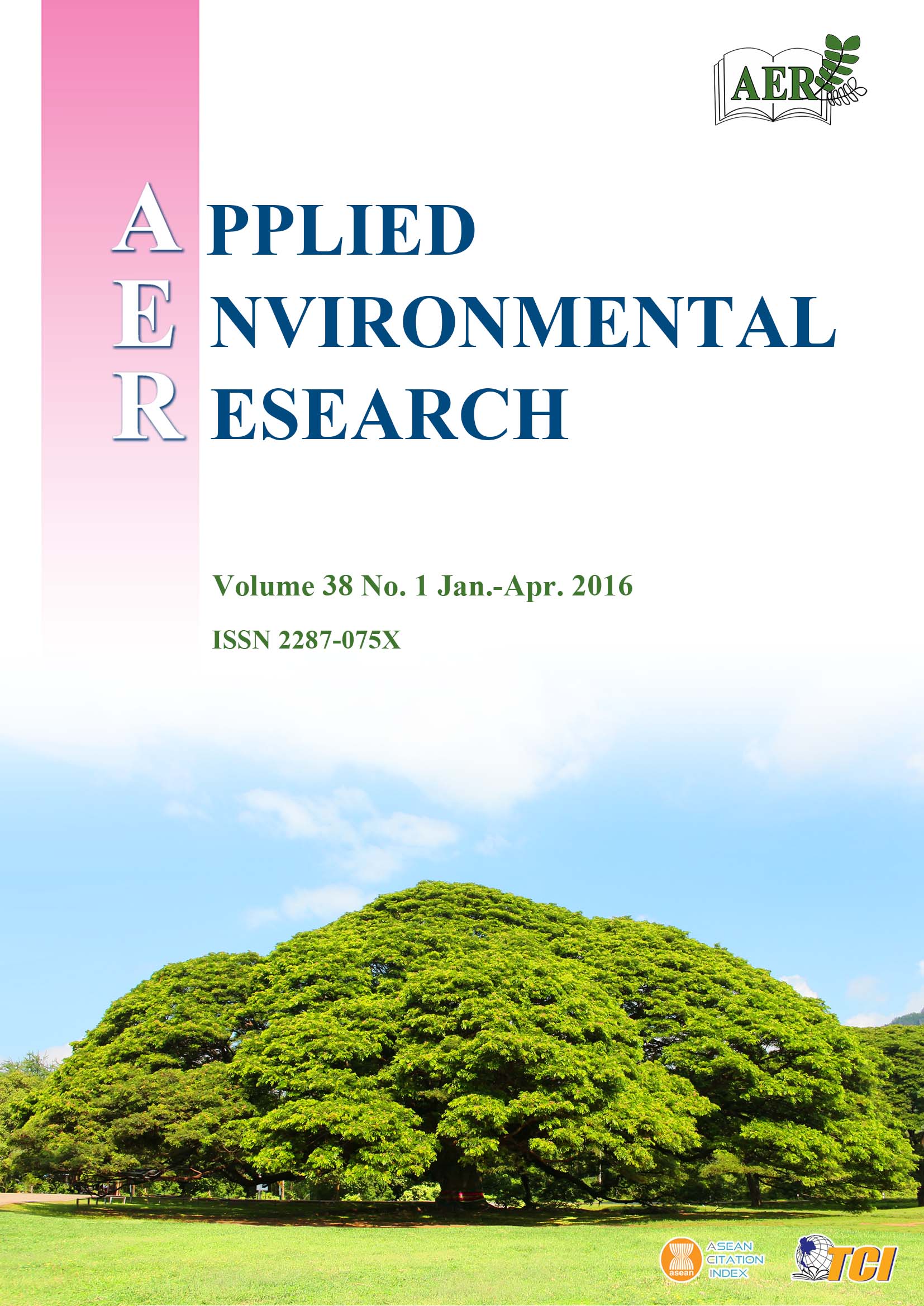Using Morphology and Genomic Template Stability (GTS) to Track Herbicide Effect on Some Submersed Aquatic Plants
Main Article Content
Abstract
This study aimed to detect the genotoxic effects of glyphosate on aquatic plants by the RAPD-PCR technique. Native aquatic plants were screened for herbicide testing. The aquatic plant amounts and species were counted and a comparison was made between natural ponds and paddy fields for a total of 17 sites; paddy fields (site 1-10), ponds beside paddy fields (site 11-14), and natural ponds (site 15-17). At each studied site, 5 randomized sampling plots of 2 x 5 m size were performed. Generally, the natural ponds contained more aquatic plant diversity than the paddy fields. However, some species such as Najas graminea Del. and Ceratophyllum demersum Linn. were found only in the paddy fields and natural ponds, respectively. The effect of glyphosate and butachlor on aquatic plants was observed. Changes in color and morphology were found to be related to higher dose treatment. The RAPD profiles were analyzed for the study of genomic template stability (GTS). Results indicated that the GTS of Hydrilla verticellata was lowest (7.14 %GTS), followed by Utricularia aurea lour (30.77 %GTS), N. graminea Del. (38.71 %GTS), and Nitella sp. (59.38 %GTS). These results confirmed the effects of herbicides on abnormal morphology and DNA instability. In addition, results of genotoxicity of glyphosate on some aquatic plants (Hydrilla verticellata, Utricularia aurea lour, and N. graminea Del.), and macroalgae (Nitella sp.) verified that the method of RAPD-PCR could be used as a biomarker to detect herbicide contamination in aquatic ecological systems.
Article Details

This work is licensed under a Creative Commons Attribution-NonCommercial 4.0 International License.
Published articles are under the copyright of the Applied Environmental Research effective when the article is accepted for publication thus granting Applied Environmental Research all rights for the work so that both parties may be protected from the consequences of unauthorized use. Partially or totally publication of an article elsewhere is possible only after the consent from the editors.

